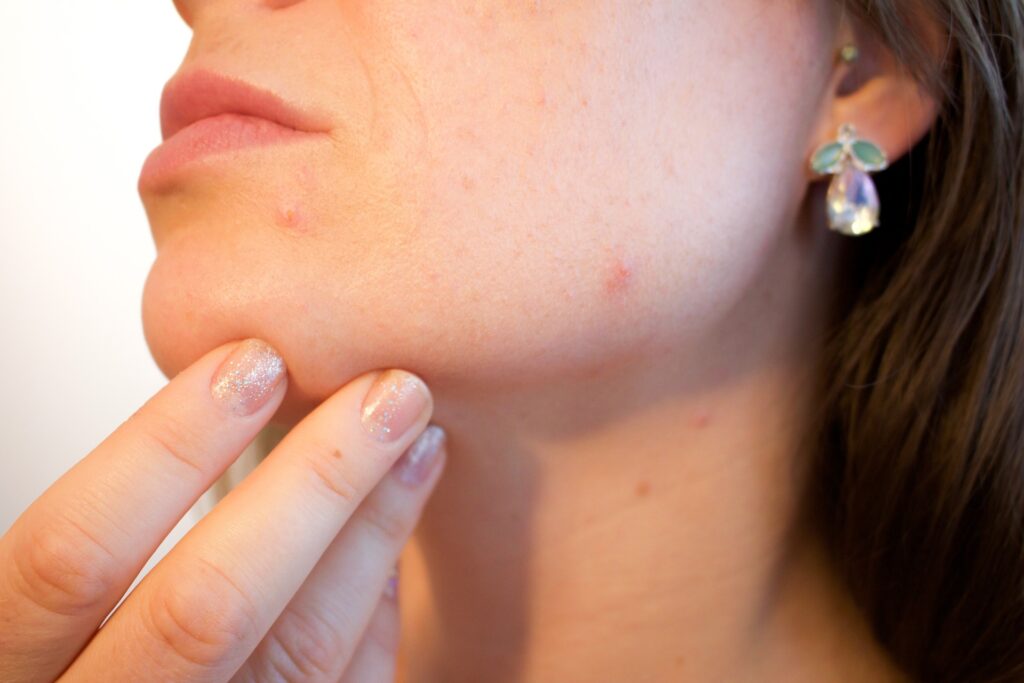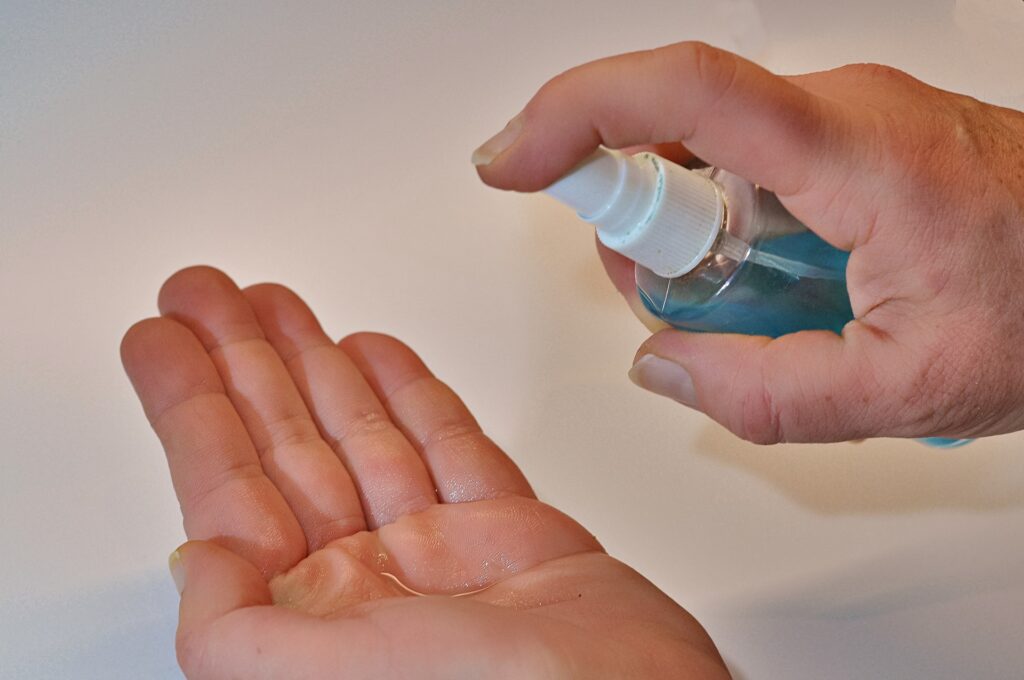
How long does impetigo live on surfaces? Infections, like impetigo, spread through skin-to-skin contact. It is a very common bacterial skin infection that can cause blisters to form. As the infection progresses, the blisters can grow to cover more skin. Impetigo can live on surfaces for a short while; make sure to wash your hands often after touching open surfaces.
Steps you can take to stop impetigo infection
If you or your child has impetigo, there are steps you can take to stop the infection. How to deal with impetigo that live on surfaces? For example, you can wash your hands after touching the sores or the areas where they are located. You can also use an antibiotic ointment to treat the infection. These ointments will kill the bacteria that cause the infection, which will shorten the time it takes to heal.
Impetigo is a bacterial skin infection that usually clears up after a few days. If the infection is not getting better, you should see your doctor. They may prescribe an antibiotic ointment or a topical antibiotic.
After the ointment has been applied, you can wash the sores with warm soapy water. This will soften the crusts and make them easier to remove.
You should also keep your hands and clothing covered to prevent the spread of the infection. A loose bandage can be used to cover any open, draining sores. The antibiotic ointment will be able to kill the bacteria on your hands, which means you can go about your life again without risking spreading the disease.
Although impetigo is not serious, it can be a painful and irritating condition. It is important to protect your body from it, because it can spread to the lymph nodes and to other areas of your body.
What causes impetigo?
Impetigo is a skin infection that’s characterized by small blisters. It’s common among children and young adults. The cause of impetigo is typically a bacteria.
Impetigo can be a serious condition and can lead to complications. If left untreated, it may progress to abscesses on the skin. These abscesses require drainage and other forms of medical treatment.
Impetigo can be spread through direct contact or from person to person. People with low immunity, such as people with diabetes, are more prone to impetigo. Another risk factor is warm, moist weather.
You can prevent impetigo by washing your hands frequently and avoiding touching infected areas. Wearing socks is also helpful in keeping you from digging into your skin. Using clean towels when washing your hands is another good way to avoid spreading the infection…
If you’re diagnosed with impetigo, your doctor will likely recommend an antibiotic. Your healthcare provider will determine the best type of antibiotic based on your symptoms and the culture of the bacteria on your skin.
Typically, you’ll be prescribed an oral antibiotic tablet. This may work faster than topical antibiotics. Some options include clindamycin, erythromycin, and trimethoprim-sulfamethoxin.
In some cases, your healthcare provider may order a skin sample. This will help your doctor see if you have any other types of skin problems. Your doctor may also test your urine for blood.
Once you’ve started antibiotic treatment, you’ll have to stick with it. Make sure to take all of the antibiotics your doctor prescribes.
How long does impetigo last?
Impetigo is a common skin infection. It causes sores to appear on the face and hands. The condition may spread to other areas of the body.
Impetigo is usually treated with antibiotics. Some people find that home remedies can help heal the infection more quickly. Usually, the sores will start to clear up within a week. However, if there is an underlying skin problem, the impetigo may take longer to clear.

When impetigo first develops, the rash appears as tiny, fluid-filled blisters. Over a period of three days, the sores become red and crusted. This stage is the first step in the healing process. Once the sores have dried up, the skin will return to normal.
While impetigo is commonly a children’s disease, it can also affect adults. People who have weakened immune systems are more likely to develop the infection. A person with impetigo should wash their hands after touching the sores. They should avoid sharing towels and other personal items.
If the sores don’t begin to heal in the first two to three days, call the doctor. Antibiotics can help shorten the duration of the illness.
There are many home remedies that you can try to cure impetigo. For example, essential oils contain antibacterial properties. You can buy these at natural product stores or drugstores.
Another home remedy for impetigo is to wash your nails regularly. This will help keep them clean, and prevent them from spreading the infection to other parts of the body.
How to get rid of impetigo in 24 hours
When you or your child gets impetigo, it is a good idea to use some home remedies. These may help speed up the healing process, and can also prevent the infection from spreading.
Impetigo is very contagious, so it’s important to follow proper personal hygiene and avoid contact with others. If you or your child is exposed to someone who has the disease, you should wash and dry your hands thoroughly before leaving the area.
The rash from impetigo usually starts out as red, itchy blisters or crusts that become more scaly over the next few days. You should apply a thick bandage to the affected area to protect it from further damage.
Some of the best impetigo prevention methods include washing your skin and clothes regularly, keeping your nails short, and not touching infected areas. Also, keep your bed linens, towels, and clothing separate from those of other people.
Using antibacterial ointments can also be helpful. However, these treatments are often too weak to kill staph infections. Instead, you can use a warm soapy washcloth to loosen crusts.
Apple cider vinegar has also been shown to reduce the symptoms of impetigo when applied to the skin. Apply the mixture to the sores for at least 20 minutes, and then rinse it off with lukewarm water.
Garlic has anti-inflammatory and antibacterial properties, so it can help to soothe itchy skin. Try to incorporate it into your diet if possible. Honey is an old remedy for many types of skin problems. It’s been shown to combat bacteria in a lab study.
If you liked the article, please donate!
